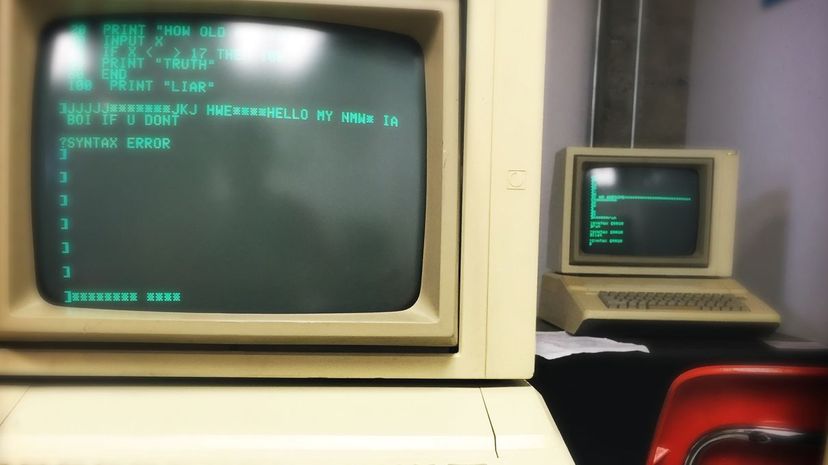
About This Quiz
We don't really page people anymore ... well, at least not with pagers (beepers). Text messaging took care of that. But before text messages, before cellphones, before tablets ... before 1995, the world communicated completely differently than it does today. As a matter of fact, there were times we didn't communicate at all because it was impossible, or difficult, or people just didn't have time. However, the changes in technology didn't just happen with communications.Â
From taking pictures to watching a movie, technology has changed quite a bit over the years. It has changed so much, in fact, that many people don't even know how to approach the technology that was considered innovative just 25 years ago. The exponential growth and evolution of technology has made things obsolete so quickly that we don't even recognize what people once called "phones" back in the day. We now look at those "ancient" technologies with a sense of nostalgia (as well as a sign of our real ages).Â
While some of these technologies aren't far off from their modern counterparts, others have been changed completely in both design and function. If you think you remember these old school technologies, take a look at the pictures in this quiz and try to identify them.
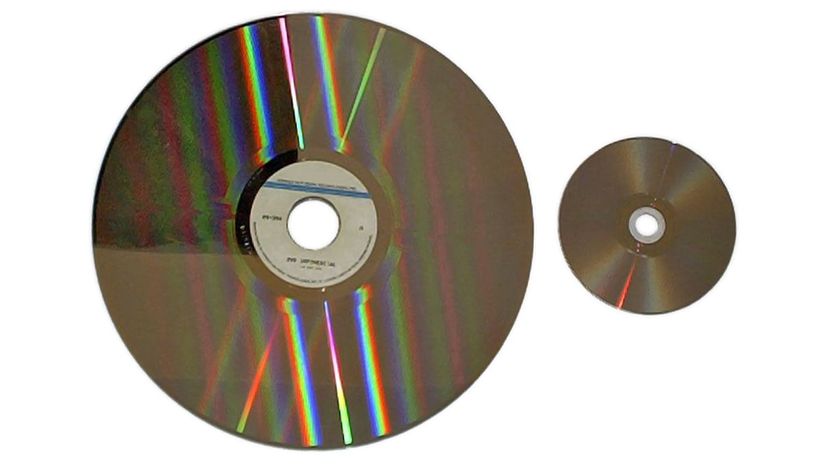
Laserdisc was the original DVD, except it was about the size of a record. They were amazing for their time, but they were also very delicate and scratched incredibly easy. No wonder they didn't last very long.
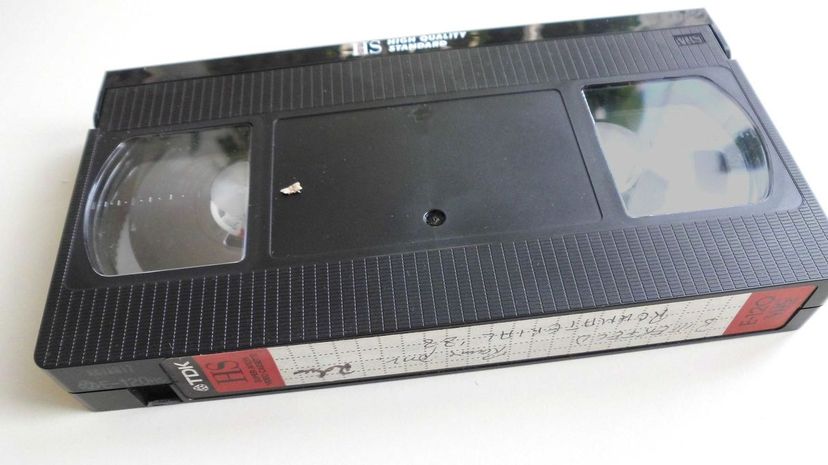
The great thing about VHS tapes was that if they broke, you could splice them with a simple screw driver and a piece of tape. The bad thing about them was that you had to rewind them before you could watch them. There was a give and take.
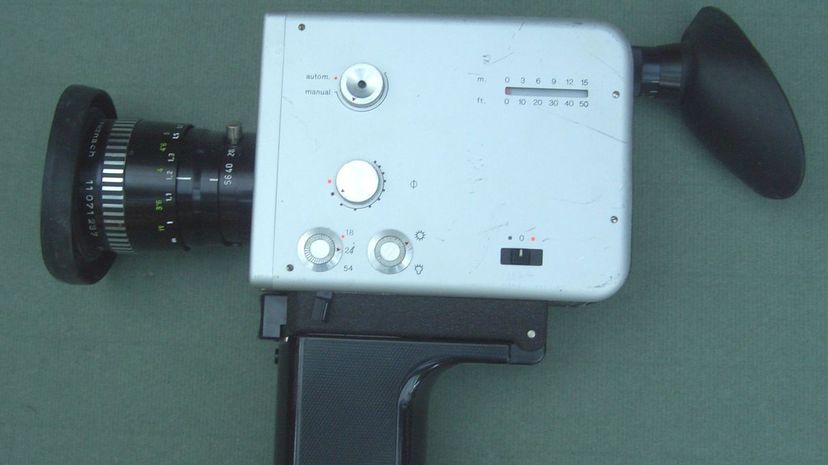
Invented in 1965, the Super 8 was an 8mm home video camera that you could hold in your hand. These days, of course, we have our cellphones to record our home videos, but back then, this was pure magic.
Advertisement

Ham radios were invented to help people communicate over radio waves. They're still around today. As a matter of fact, there is are hobby clubs around the country that play with these fun toys.
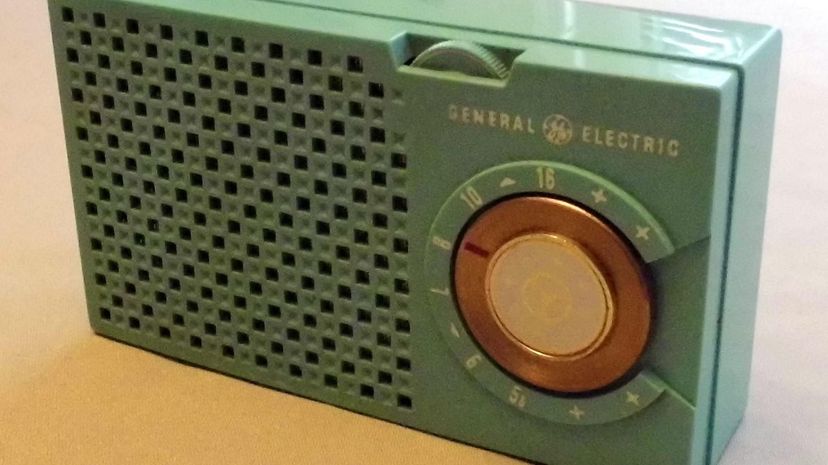
These were very popular radios in the '60s and '70s, but for the most part, they only picked up AM stations ... which was fine back then, but it might be a little boring these days.
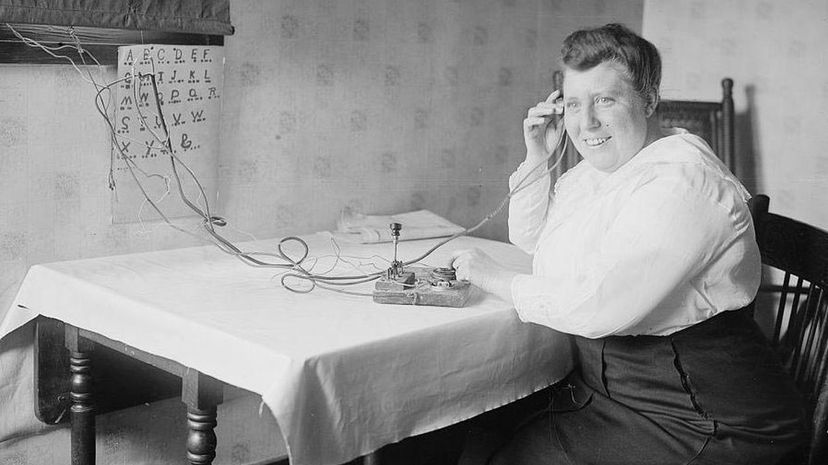
This machine used electrical signals to send pulses to different receivers. It was an excellent way to communicate before the invention of the telephone, as long as you knew Morse Code, of course.
Advertisement
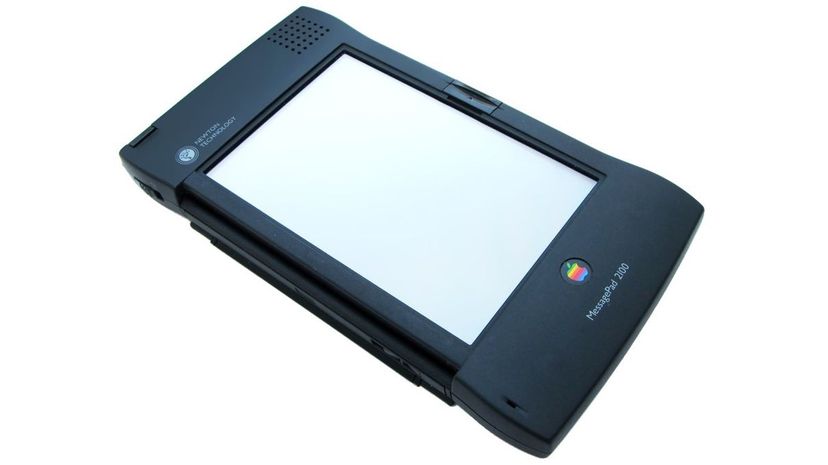
The Apple Newton was designed to be your personal assistant (digital, of course). It was one in a long line of PDAs and the first to attempt handwriting recognition. Of course, these machines have made it a long way, as they are now basically a standard part of every smart phone.
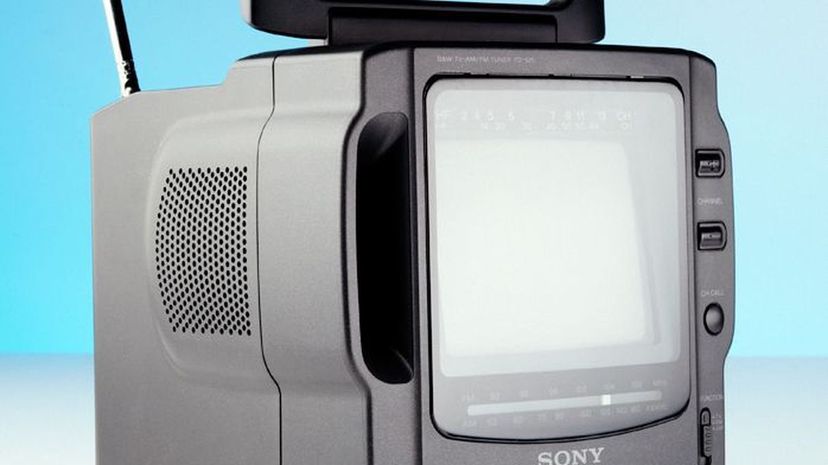
The tiny screen in the original Watchman didn't hinder sales. The fact that you could take television with you wherever there was a signal was fascinating to consumers, and several models were made.

You don't necessarily have to be a salesman of ill repute to own a pager. As a matter of fact, these days, doctors and emergency medical technicians still use pagers in their day-to-day work lives.
Advertisement
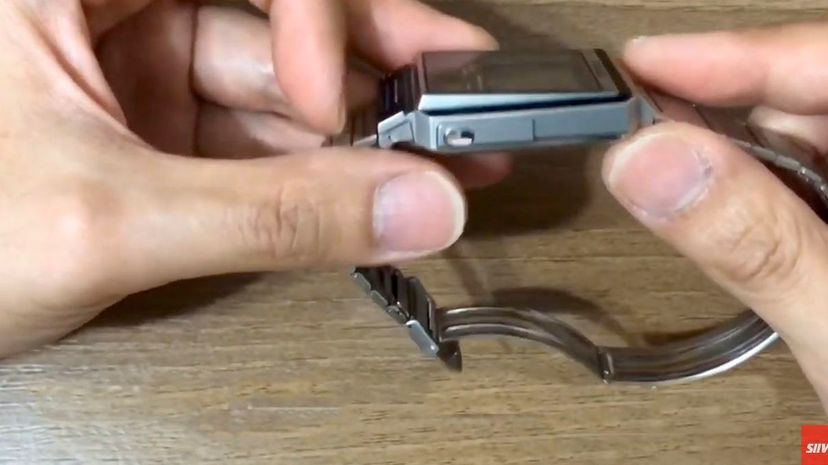
Around 30 years before the Apple Watch, came the Seiko TV wristwatch, and man did it impress. Of course, they couldn't keep the prices down, and who would have thought a distraction like a watch with an actual screen would be worth anything one day?
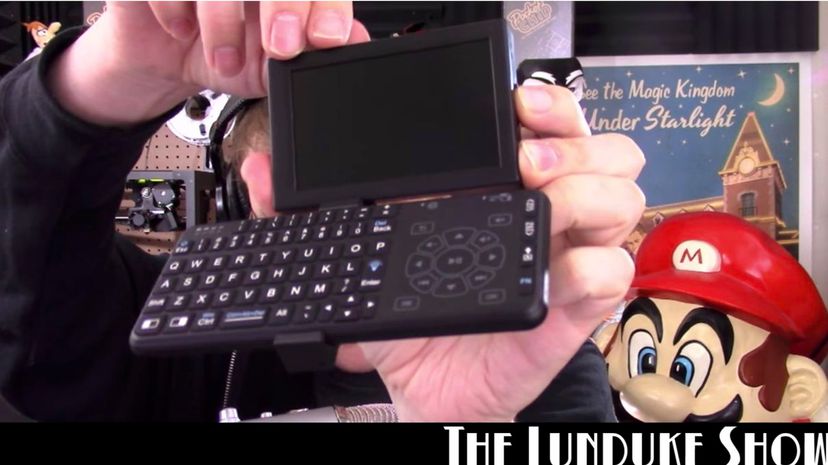
In 1984, the world changed for the better because this beautiful hunk of ... well, computer... could actually fit on your wrist. Sure it doesn't look super comfortable, but Seiko was way ahead of the game when it came to technology wrapping around your wrist.
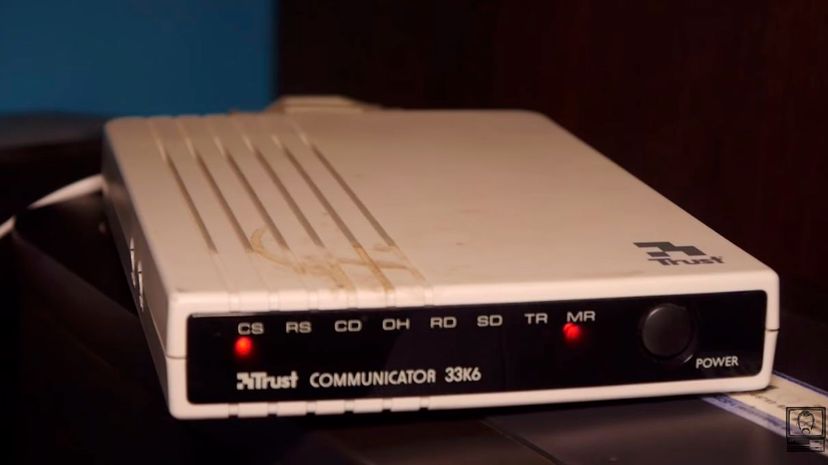
Who could forget the sounds of the dial-up modem? It was connected to your phone line, so every time your dumb older sister wanted to make a call, you were kicked out of your chat room ... or was that just us?
Advertisement
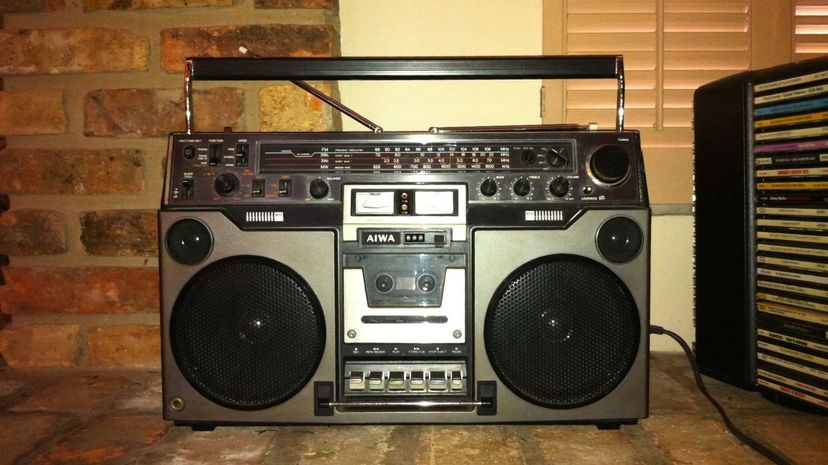
Usually requiring around 700 D batteries (or so it seemed), this portable stereo system boasted large speakers and a soundboard to give you the perfect in-concert experience while you were walking to the convenience store.
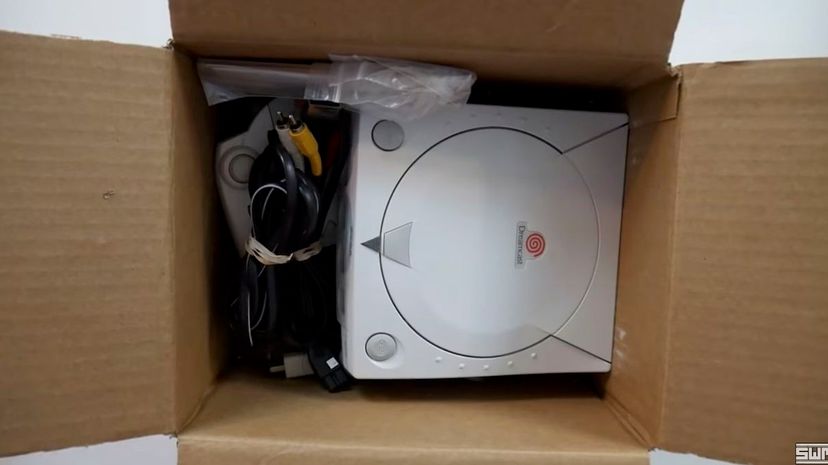
The Sega Dreamcast was released in 1998 and took discs instead of cartridges, in the same manner as PlayStation games did. There was nothing cooler (and more Carpel-Tunnel-inducing) than that controller, though.

While it may look like an electronic typewriter, it was pretty close to the first home computer. It was a great word processor, for its time, and in its five-year life span, it sold nearly 4 million units.
Advertisement
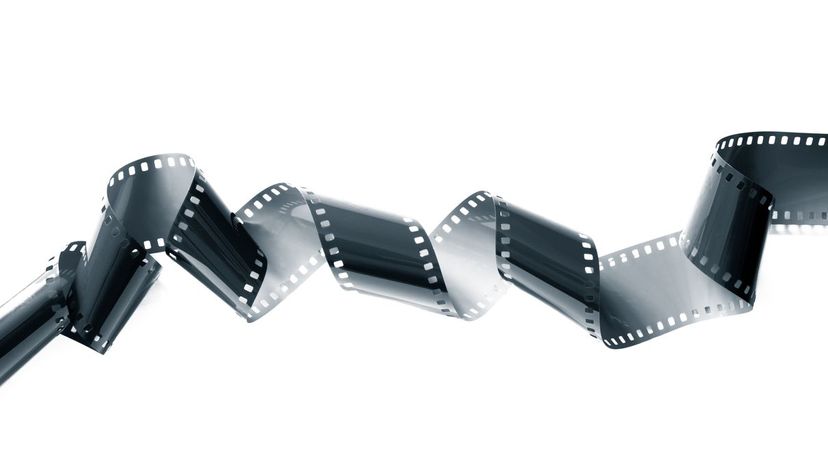
If you didn't know how to use a camera properly, you used 110 film because you didn't have to do anything but add a cartridge. However, if you knew a little something, you probably used the more common 35mm film to take your photos. Then you'd have to wait a week to get it developed.
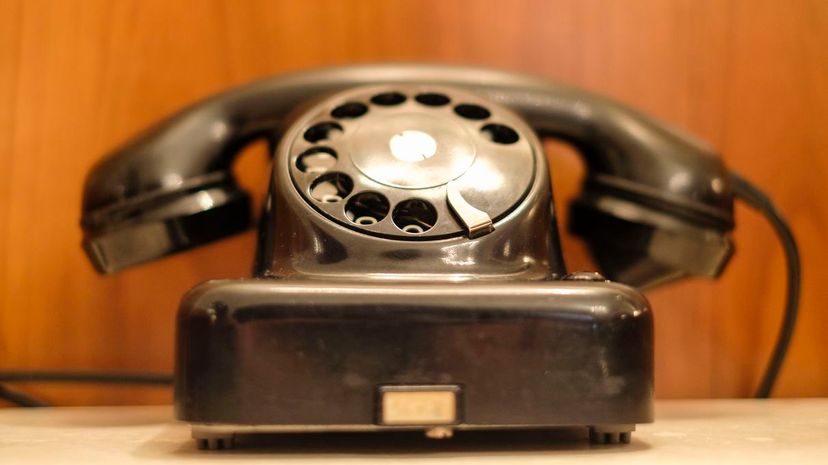
You didn't press buttons on this phone; you had to spin a wheel. It usually took a solid minute to dial a number, especially if there were a lot of nines involved, but hey, back then there weren't area codes, so it had that going for it.
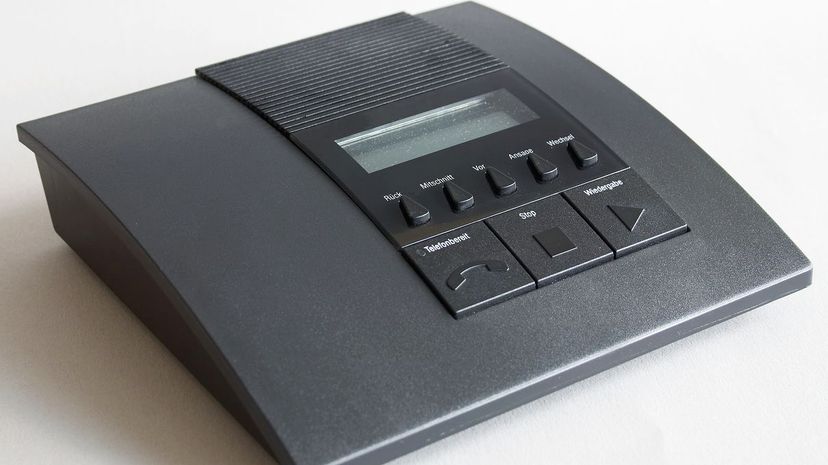
There was nothing more depressing for a teenage girl than to get broken up with over the answering machine. Not because it was impersonal, but because your entire family heard the message while it played.
Advertisement
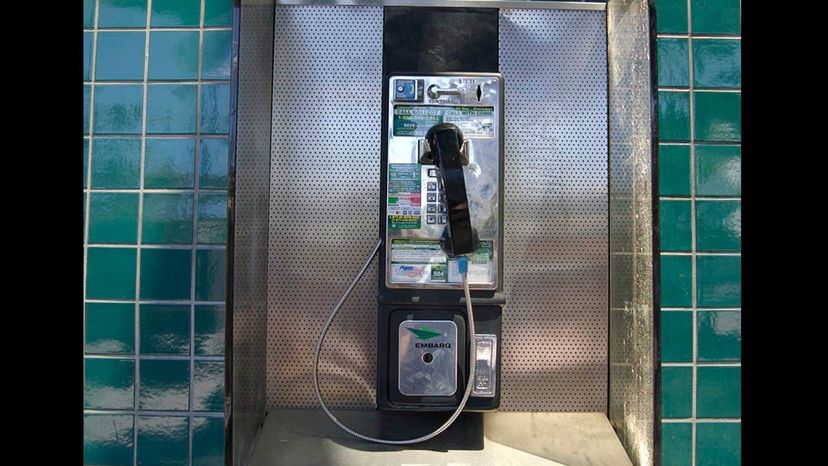
Long ago, on this very soil, there were things called pay phones. Many large businesses in town had them available for public use. However, cellphones put an end to all of that in the early 2000s.
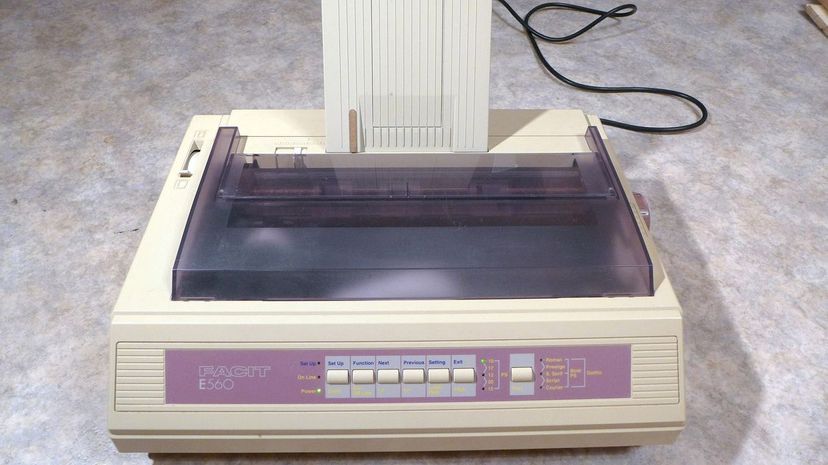
The Dot matrix was a printer that worked almost like an electronic typewriter. There was nothing more fun for a little kid than pulling off the edges of printed pages for parents to bring to their meeting the next morning.

You didn't plug it in, but this technology allowed for copies to be made in no time at all, as long as you had the carbon paper positioned properly between the original and the copied page. Of course, there was too much room for error with this, as the copied page wouldn't erase.
Advertisement
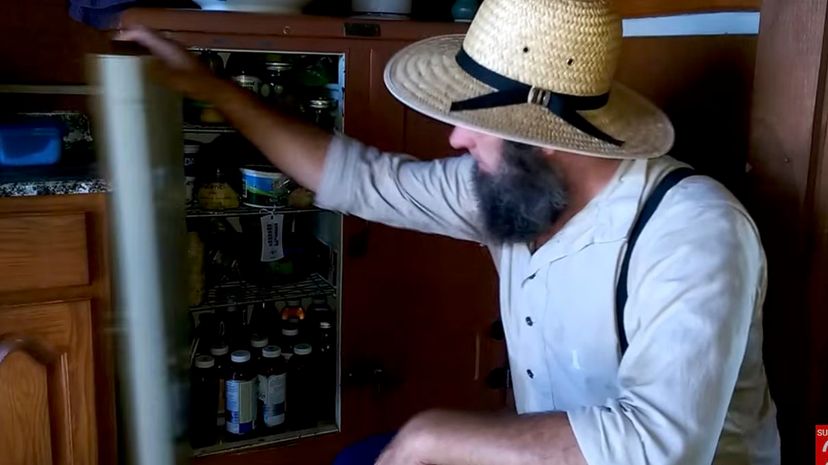
It is fascinating that the design of the icebox and the design of the refrigerator are so different (the facades, at least). Ice boxes had gorgeous wood exteriors, while refrigerators were stuck with putrid yellows and avocado greens.
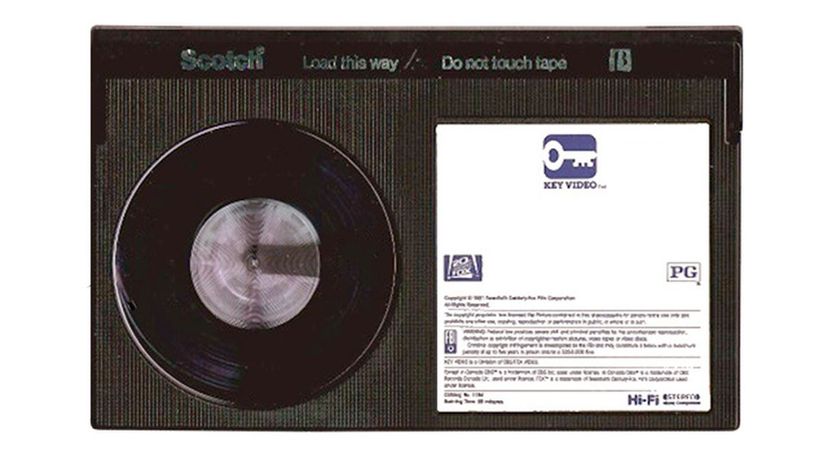
Betamax came out a year before the VCR, but the VCR won the home-entertainment wars of the time. A Betamax tape could hold up to five hours of content, while a VHS could only hold around two to three.
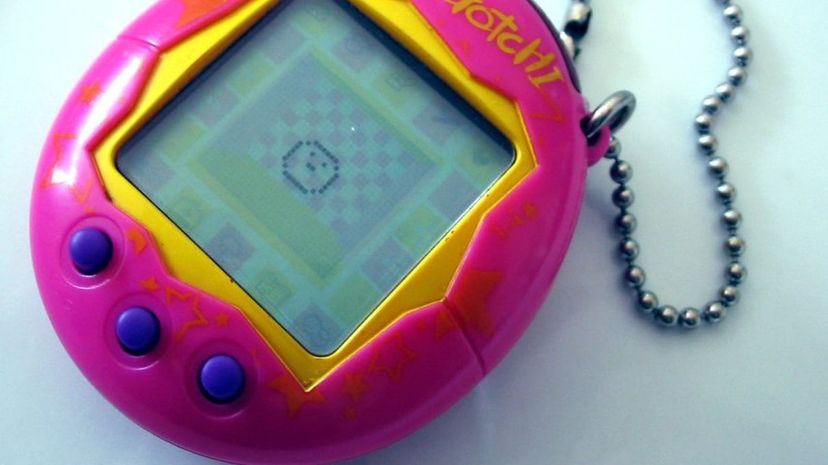
You may have seen your friends roaming around with these in the mid-1990s, and if you didn't have one, you had your first FOMO experience, for sure. These digital pets were fun, and would actually die if you didn't feed them.
Advertisement
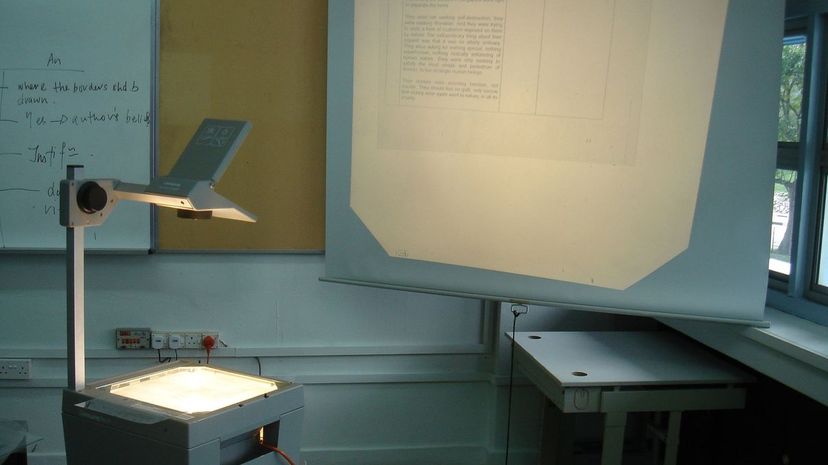
Overhead projectors were pretty interesting feats of technology. They were simple and used tricks of glass and light, but their high-end, modern counterparts (ELMO projectors) took them off the market.
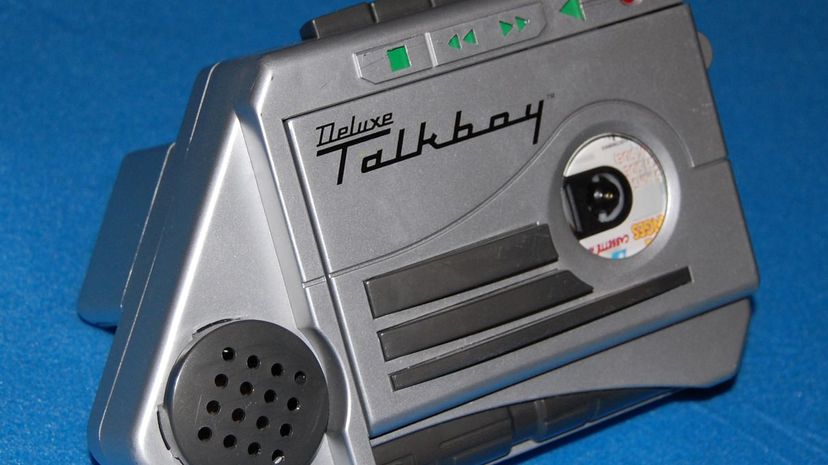
It could record your voice, slow it down, order you a pizza, and save your house. Well, at least in the movie, "Home Alone," it could. Actually, the Talkboy wasn't nearly as advanced as the movie would make you think, but it was still pretty cool.

The original iMac was an amazing marketing win for Apple. In the commercial, they took the device out of the box, plugged it into the wall and the phone line and got on the Internet. It was exactly what people wanted, something easy and fast.
Advertisement
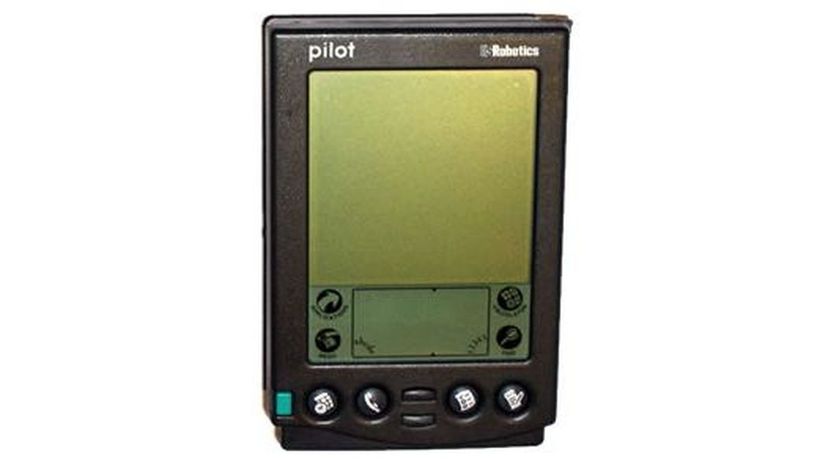
It could fit in the palm of your hand and was a pocket assistant that was digital. While it wasn't as advanced as the iPhone, it was a necessary piece of technology for those who were constantly on the go.

These were a 13-year-old girl's dream. They could be password protected, so your little brother couldn't read them, and all of your thoughts and deepest secrets were kept secure.
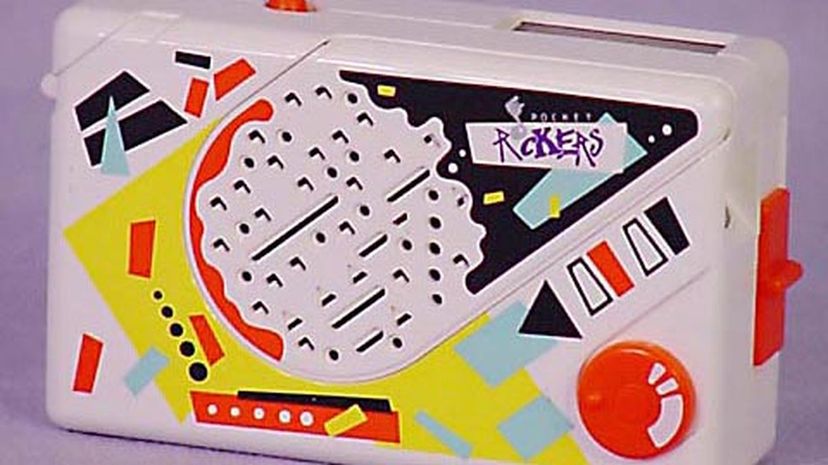
Walkmans were super cool, but these were designer ways to listen to your favorite singles. They didn't hold many songs, but they were fun and exciting, and smaller than Walkmans, so they were more portable ... if you didn't mind listening to the same song over and over again.
Advertisement
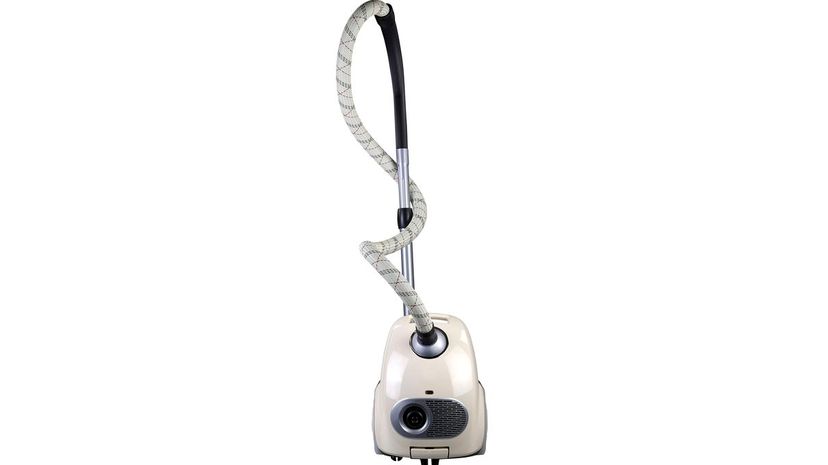
Before the awesome and innovative vacuum cleaners of today, vacuums required you to change bags. It was a silly concept, but before plastic was in such high distribution, they were a little necessary.
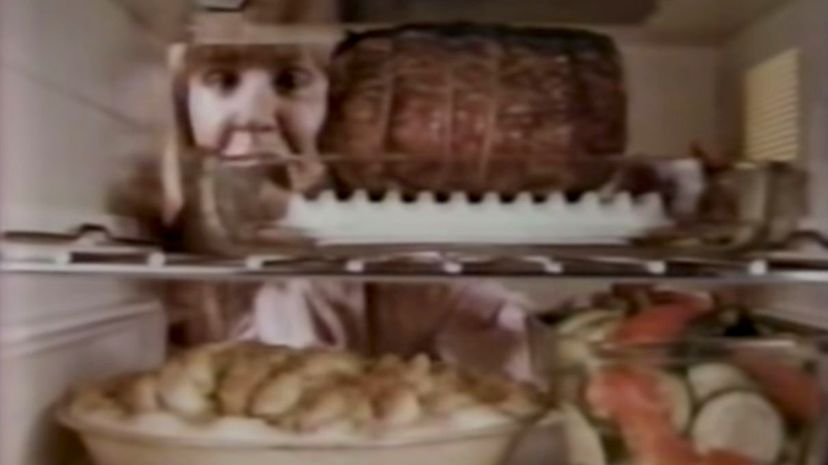
The original microwave looked very much like a toaster oven. The door pulled down instead of opening from the side, but if it stayed down, you were in trouble. Later models, of course, were built with failsafes to ensure microwaves didn't make it into your kitchen.
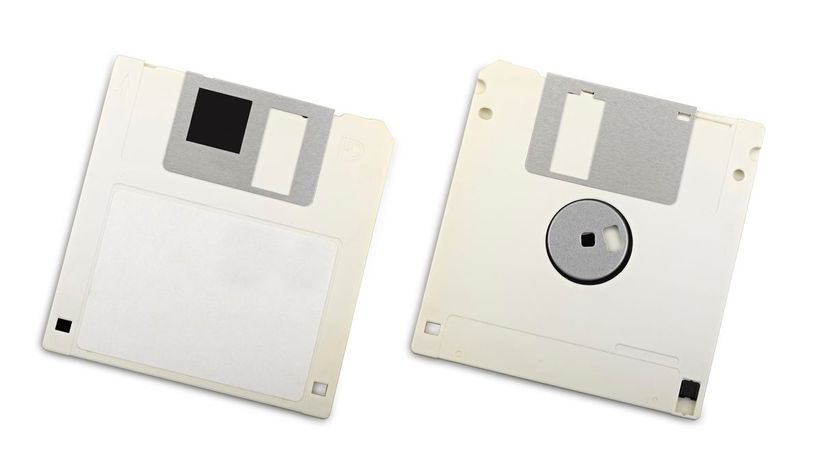
It's not a 3-D printed save icon, it's actually what people used to use to save things (which is why it is the image on the save button). They held around 1.44 megabytes (the 3.5-inch models), which is less than the size of one song file.
Advertisement
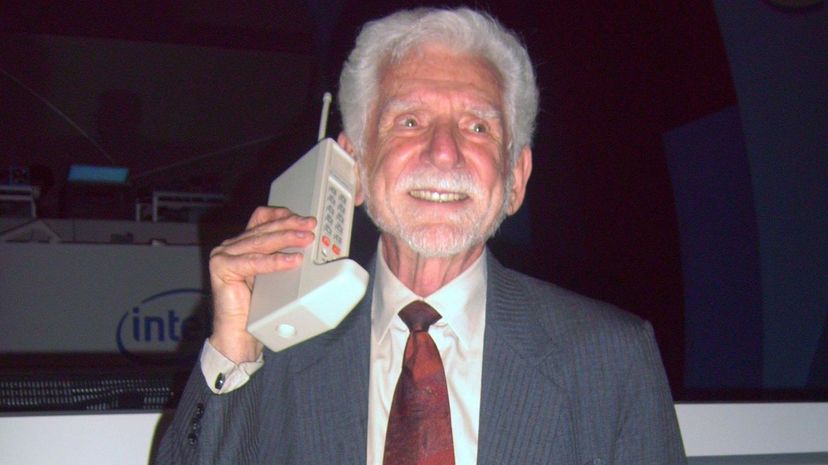
It was a brick, and these days you might see it as a prop for a decades costume, but this brick actually made phone calls without the use of landlines. They weren't the clearest calls, but they worked for what they were intended to do.
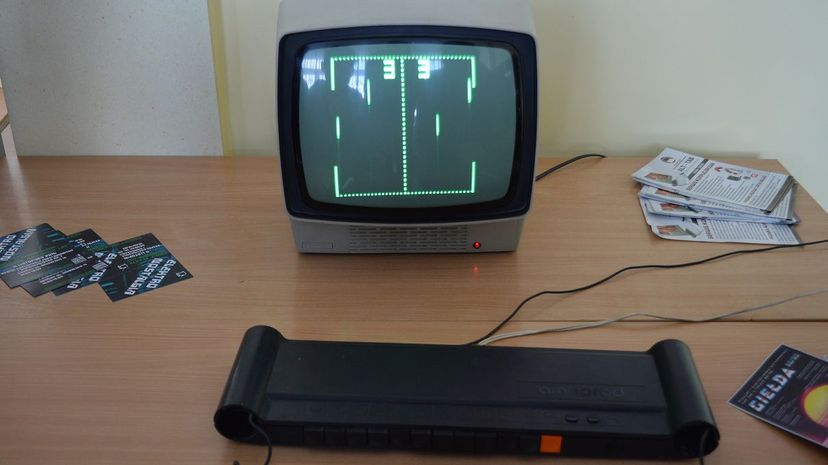
Pong was an electronic ping pong game in which a small pixel was bounced between two lines. It was a two-player game that really started the whole home video game trend. Imagine, this is where Anthem originated.
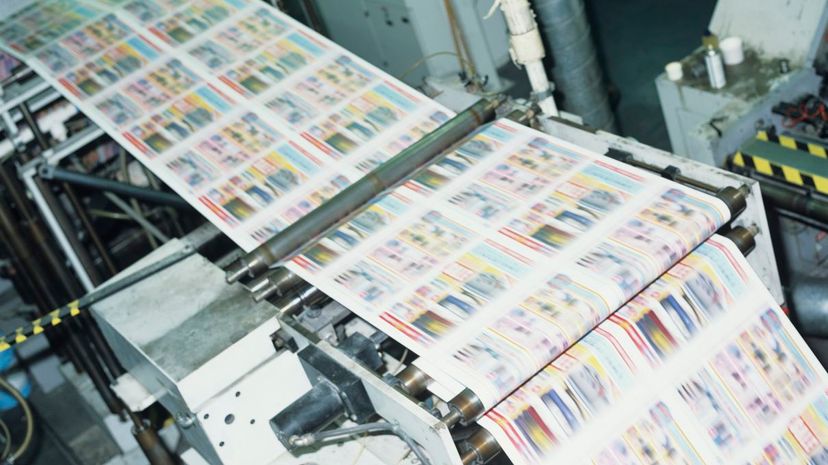
The printing press is one of the oldest of the old school technologies, and we still use them today, just different models. It was invented around 1440, and gave people the opportunity to mass produce literature.
Advertisement

They may have the same buttons as the modern models, but their blades didn't do nearly as much. These electric blenders were marketed as ways housewives could get their prep work done quickly so they could produce healthy meals.

Juicers today can cost up to and more than $600 and can juice everything from citrus to limestone. However, this simple design made it easy for American housewives of the 1960s to extract juice from citrus (and only citrus) with ease.

Toasters haven't changed much over the years, but they have become safer and easier to clean, that's for sure. The old models of toasters taught people that metal and electricity don't mesh well.
Advertisement

They weren't cellphones, but they were great for short-range communication. They were essential in World War II, but later became great toys for children ... much better than two cans and a piece of string.